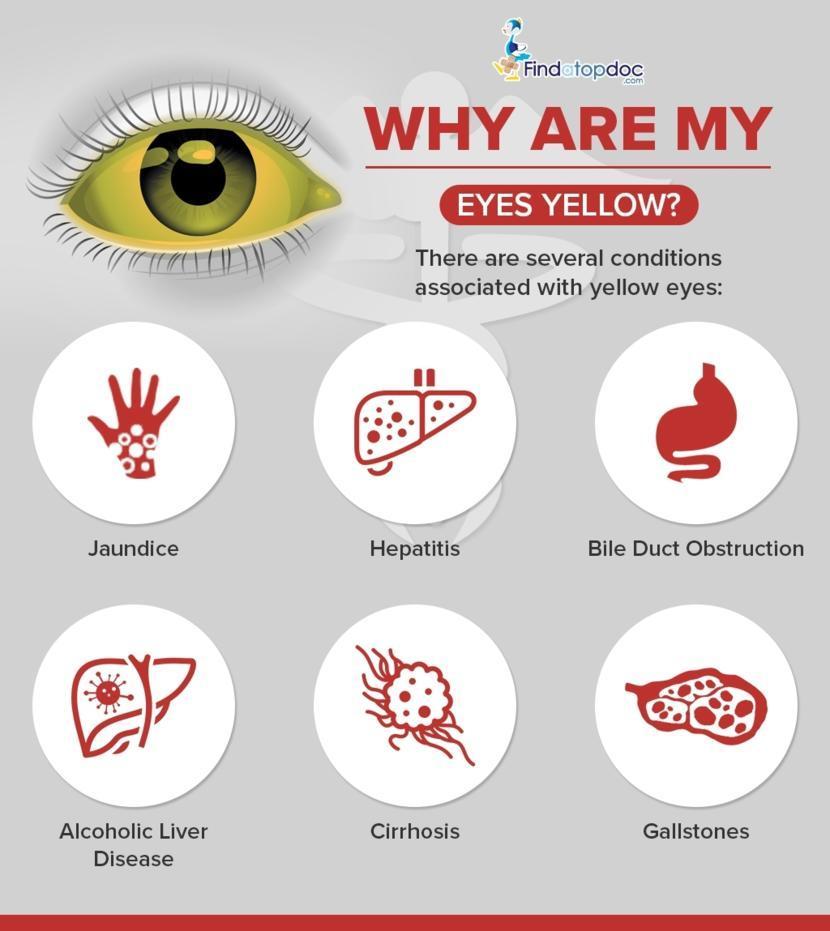Jaundice: Know the Signs and Symptoms
Jaundice

Jaundice is a condition that causes yellowing of the skin and certain parts of the eyes. It results from the excessive build-up of bilirubin in the patient’s blood or body tissues. Bilirubin is an orange-yellow pigment made during the breakdown of hemoglobin.
Signs and Symptoms
The commonest signs of jaundice includes:
- Pale-colored stools
- Yellowing of the eyes, skin, and internal linings of the body
- Dark-colored urine
- Itchy or scratchy skin
The underlying cause might result in severe jaundice symptoms. These include:
- General body weakness
- Nausea and vomiting
- Fever
- Headache
- Newborn jaundice
- Confusion
- Loss of appetite
- Abdominal pain
- Abdominal or leg swellings
In newborns, jaundice will gradually advance from the head to the trunk, hands, and finally to the feet. Other additional symptoms in babies include:
- Lethargy
- High-pitched crying
- Poor feeding
- Frequent seizures
- Variations in muscle tone
Remember, it’s always good to see a doctor whenever such symptoms manifest. With proper treatment plans, jaundice will disappear within a few weeks. Don’t ignore jaundice. If it goes untreated for a long period, it may lead to serious mental damages.
When to consult your doctor
Always seek urgent medical assistance whenever you develop the following signs associated with jaundice. They’re indicative of an abnormal process in your body. Talk to your general practitioner as soon as possible. Don’t ignore such signs because they could lead to a more serious illness.
Types of Jaundice
Three different types of jaundice are existent. They all depend on the causative factor that hinders the elimination of bilirubin from the body. They are:
- Pre-hepatic jaundice: occurs when an infection or certain condition speed up the breakdown of red blood cells. This will cause a rise in the bilirubin level in the blood, triggering jaundice.
- Intra-hepatic or hepatocellular jaundice: happens when there is disruption inside the liver. The cause is usually due to infection or alcohol, which hinder the liver's ability to process bilirubin.
- Post-hepatic or obstructive jaundice: the disturbance prevents bile from regularly draining out from the gallbladder into the digestive tract. It’s caused by certain conditions like tumors or gallstones.
Who Is at Risk
Jaundice is more common among the middle-aged and elderly people. It’s rare among the young people. However, pre-hepatic jaundice may affect anybody, even children. Embracing healthy lifestyle changes might assist in preventing jaundice. For instance, avoiding alcohol, reducing the risks of hepatitis, and maintaining a healthy weight can be quite helpful.
Tests and Diagnosis
If you’re suffering from jaundice, you may have to undergo several tests to establish the exact cause of your condition. Your doctor may perform blood, urine, or liver function tests. If jaundice is suspected, advanced imaging tests can be undertaken to check for any other abnormalities present in the bile duct or liver.
Treatments for Jaundice
Numerous treatment options are available to cure jaundice. However, their prescription depends on the causative factor. This might involve a blood transfusion, treatment of the underlying cause, or surgery.
Preventing Jaundice
It’s hard to prevent all occurrences of jaundice since it can be triggered by a number of conditions or circumstances. Nevertheless, certain precautions can be taken to minimize the danger of developing jaundice. Such measures include:
- Following a healthy diet while maintaining a healthy weight.
- Minimizing your chances of getting exposed to hepatitis C since there is currently no precise vaccination for the condition. The most efficient way to prevent the development of hepatitis C is through avoiding the injection of illegal drugs like heroin or ensuring that you don’t share injection equipment with other people.
- Making sure that you’re immunized against hepatitis, especially if you’re visiting high-risk regions of the world.
- Maintaining a healthy physical shape.
- Making sure that you don’t exceed the suggested amount for alcohol consumption.











